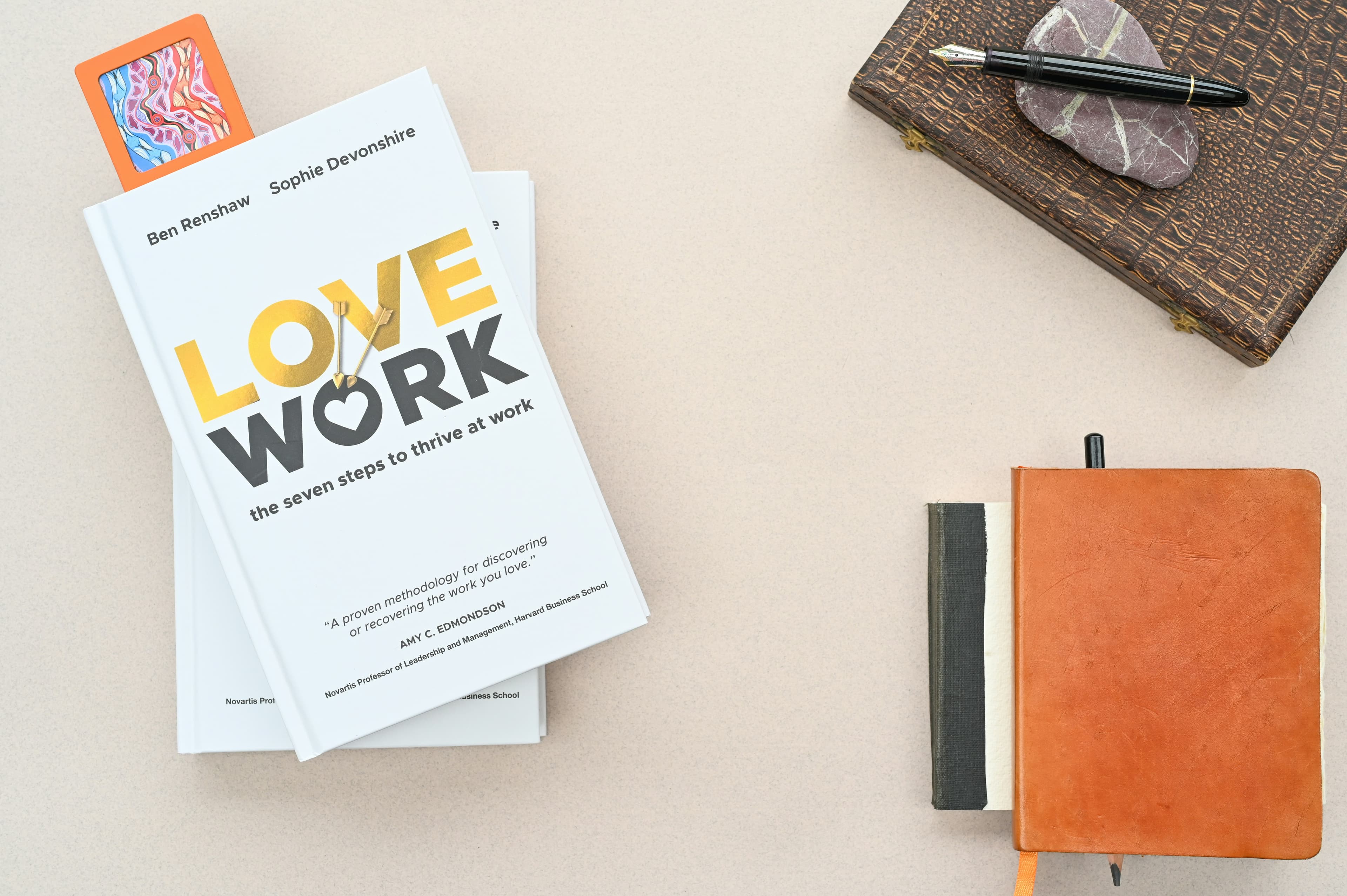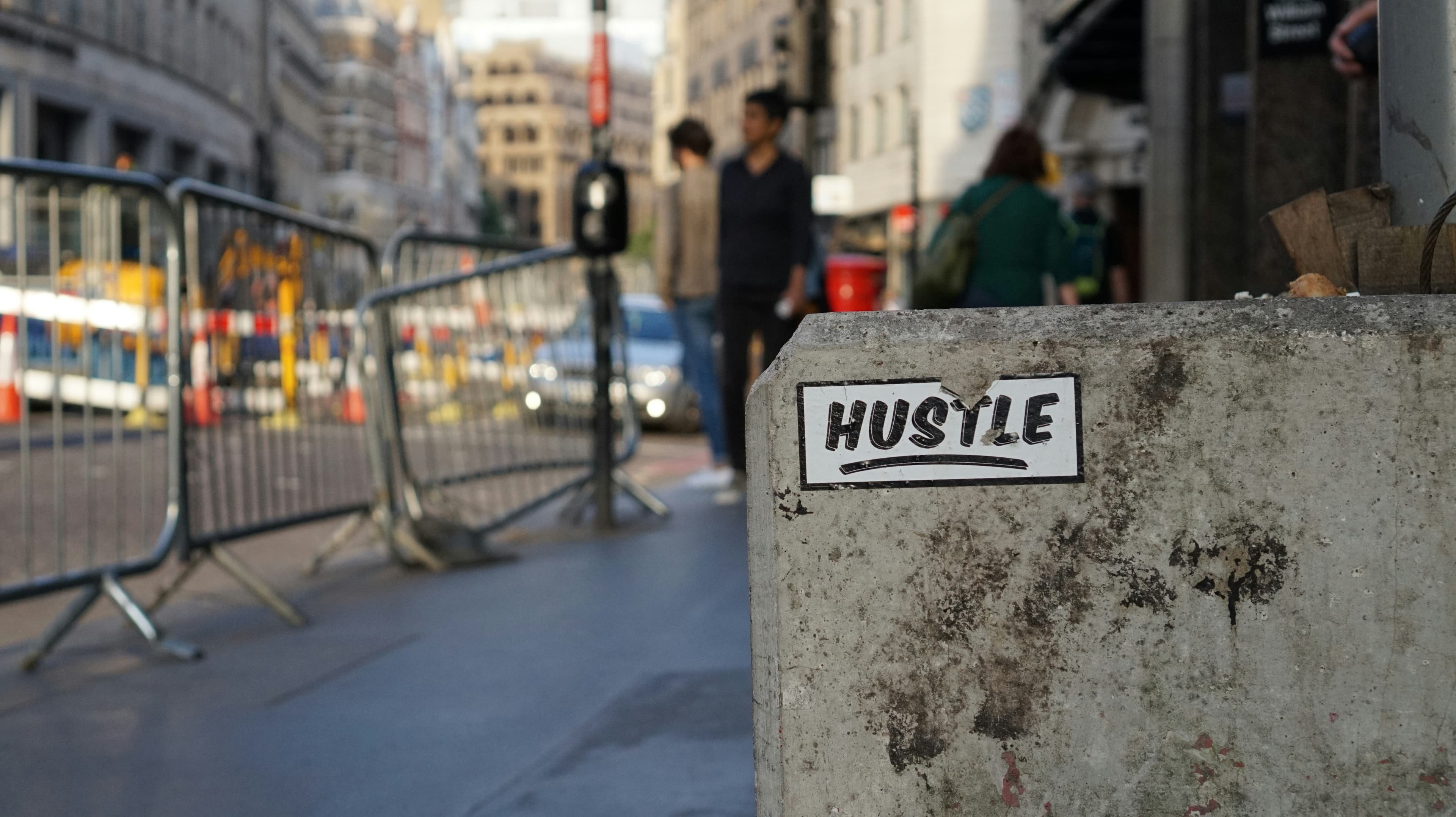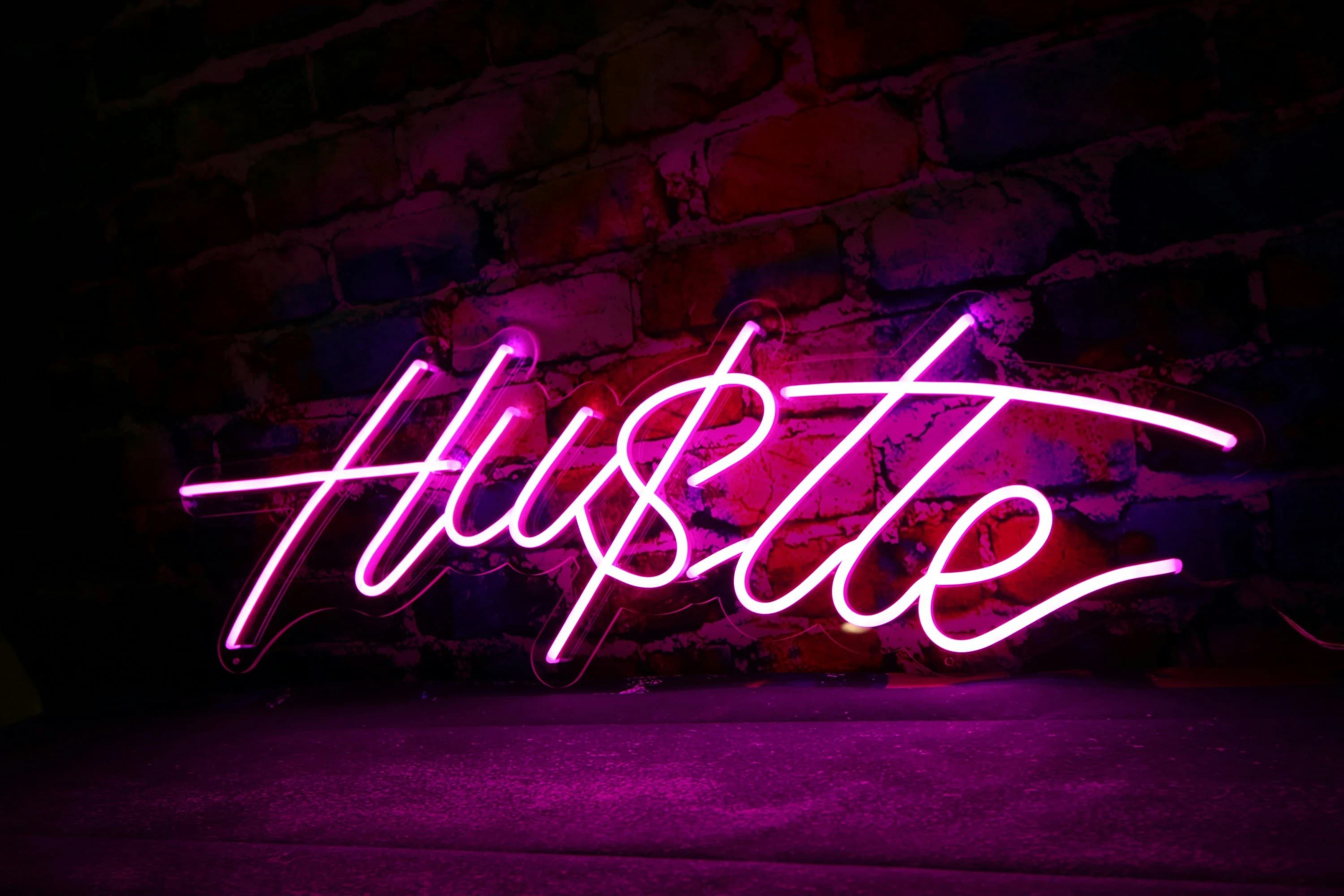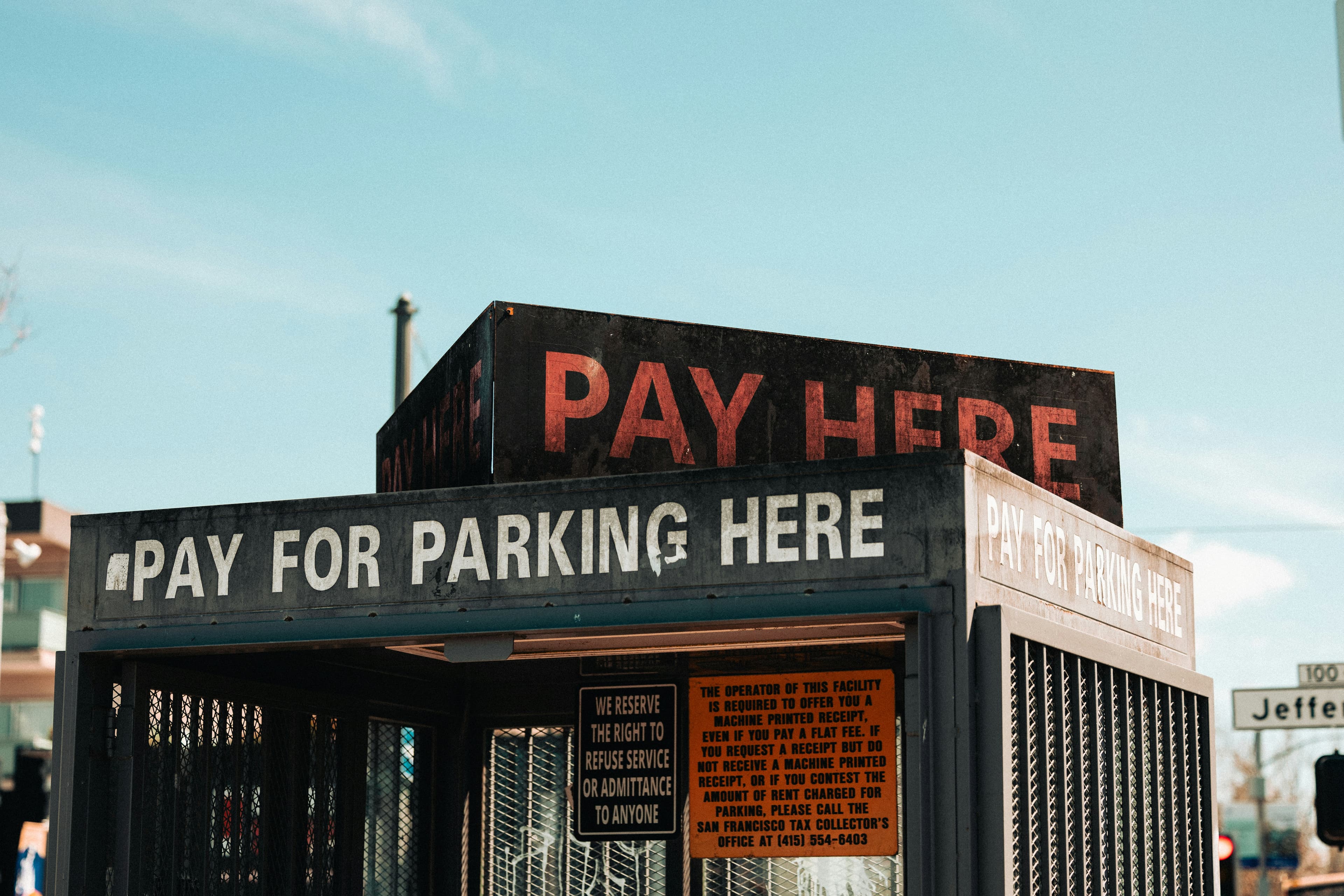How to Use Free Offers to Get More Customers

Getting eyeballs on your product is one thing; turning them into paying customers is another challenge entirely, especially when you're just getting your off the ground. The key is to build a bridge from casual interest to a financial transaction, and one of the most effective ways to do that is with what you might call "Attraction Offers."
These are deals designed to generate leads and convert them by offering something for free or at a steep discount. We do this because almost everyone is wired to appreciate a great deal. A great deal happens when a customer feels they're getting far more value than the price they're paying. While strangers can only take your word on the value, they absolutely understand price. For that reason, discounts—especially the ultimate discount of "free"—make an offer compelling to almost anyone.
So, how do you actually make money by giving things away? Think about how often people go looking for one thing and end up buying something else. Attraction Offers engineer this process on purpose. The only thing better than a free thing is free things, and sometimes, to get those extra freebies, a customer has to make a purchase. That's the secret.
Let's explore five powerful ways to structure these offers, which can be foundational for anyone or a new service.
1. The "Win Your Money Back" Offer
Imagine telling a customer they can get your product or service for free if they achieve a specific goal within a set timeframe. This is the "Win Your Money Back" model.
I first saw this in action at a meeting of gym owners. One owner, Danny, was struggling with sales. He told us about a hesitant client who proposed an idea: "I'll give you $500 to train me for eight weeks. If I hit my goal, I get my money back, and you can use my results for marketing." Danny agreed, figuring he had nothing to lose. The client hit his goal, but instead of taking the refund, he used the money to buy more training. Even better, the before-and-after pictures brought in thirteen referrals. Danny started using this offer with everyone, and his business exploded.
This is a fantastic strategy for any . You set a clear, trackable goal for the customer. If they reach it, they qualify for a refund, either in cash or as store credit. It’s incredibly effective because it aligns your success with your customer's success.
You can structure the "win" condition in a few ways:
- The customer gets their money back if they achieve a specific outcome, like losing a certain amount of weight or gaining a set number of new clients. They are betting on their own ability.
- The customer gets their money back if they follow your instructions, regardless of the outcome. This could mean attending all sessions, logging their progress, or completing homework. Here, they're betting on their ability to follow directions.
- A combination where the customer must follow the steps achieve the result to get their refund.
When they "win," you can offer the refund as store credit applied to a longer-term package. For example, a $600 credit could be applied as a $50 discount over 12 months. This keeps them as a paying customer and maintains their engagement.
2. The Giveaway Model
Giveaways and sweepstakes are powerful because they generate a large number of leads who are interested in your most valuable product. Just be sure to check your local laws, as these are often regulated.
Here’s how it works. A fitness certification business I know advertises a "full-ride scholarship" to their entire program. People apply by submitting their contact information and answering a few questions. One person wins the grand prize. But here’s the clever part: they contact everyone else who applied and offer them a "partial scholarship."
These applicants are thrilled to receive a surprise discount on the very program they were just hoping to win for free. It’s a genius way to create a list of highly engaged leads for your and immediately convert them into customers.
To run a giveaway, you need to:
- This should be the main thing you want everyone to buy.
- This is your "partial scholarship"—a discount or bonus for everyone else.
- Get contact details and ask qualifying questions to understand their needs.
- Add urgency by making the giveaway available for a limited time.
- Publicly celebrate the grand prize winner, then privately contact all other entrants with your promotional offer.
This approach works because you’re offering something of value to people who have already raised their hand and shown interest.
3. The Decoy Offer
This strategy involves advertising a simple, low-cost offer to draw people in, then presenting a much better, premium option right alongside it. The stark contrast makes the premium choice feel like a no-brainer.
A mentor of mine used this perfectly at his tanning salon with a "5-Day $5 VIP Pass." People thought they could get a full tan in five days, but it actually takes longer to build up color without getting burned. When they came in, the staff would explain this and say, "Let’s just credit your $5 pass toward your first month. Why buy multiple day passes when a membership with unlimited access is just $19.99?" Most people immediately saw the value and signed up.
I later used this same logic to save my gym when leads became too expensive. We offered a free option (one session per week) right next to an "Ultimate" option for $399 that included unlimited sessions, coaching, and a results guarantee. About 80% of people chose the paid option.
When someone asks about the decoy, you can frame the choice simply: "Are you here for free stuff, or are you here for lasting results?" Once they say "results," you have their permission to focus on the premium offer that will actually get them there. This is a powerful tactic when you're and need to make every conversation count.
4. The "Buy X, Get Y Free" Offer
Free offers almost always grab more attention than discounts. The "Buy X, Get Y Free" model allows you to create a compelling free offer even when you're selling multiple items.
Think about the famous boot store in Nashville with the sign: "BUY 1 PAIR GET TWO PAIR FREE." As a younger person, I thought it was a terrible business model. But when I went back years later, I realized the genius behind it. A single pair of boots was priced at $600—roughly three times what you'd expect to pay. They weren't losing money; they were just reframing the price of three pairs of boots into an irresistible free offer.
You can apply this to any or service. Instead of offering a 33% discount on three $10 t-shirts, you could offer "Buy one shirt for $20, get two free." The total price is the same, but the psychological pull of "free" is much stronger. For services, instead of just discounting an annual plan, you could frame it as "Buy 6 Months, Get 12 Months Free."
The key is to price your initial item to cover the cost of the free ones. This strategy gets people to buy more than they otherwise would and can provide a huge upfront cash injection for your .
5. The "Pay Less Now or Pay More Later" Offer
This approach removes all risk for the customer by giving them a choice: pay a discounted price right now, or pay the full price later, but only if they're happy with the product.
I once signed up for a free training that promised to double my reading speed in three hours. The registration page gave me two options:
- Put my credit card down for $0 and be billed $297 the next day, which I could cancel if the promise wasn't met.
- Pay just $97 right now and get the recordings as a bonus.
I chose the first option. The training delivered, my reading speed doubled, and I was happy to pay the $297. The structure is brilliant because it uses a "free" offer to get your payment information on file, then immediately incentivizes an upfront payment with a discount and bonus. It combines a delayed payment with a satisfaction guarantee.
To make this work, your promise needs to be a clear, measurable yes/no result. If you deliver, most people will happily pay. This model can be a cornerstone for building that rely on demonstrating value quickly.
Turning Attention into Action
The goal of these attraction offers is to do more than just get noticed; it's to turn strangers into customers and generate enough cash to cover your costs and fund the acquisition of your next customer. Whether you’re just looking to or are deep into building a business, mastering these five strategies—Win Your Money Back, Giveaways, Decoy Offers, Buy X Get Y Free, and Pay Less Now or Pay More Later—can fundamentally change your trajectory. They provide the fuel needed to transform a small operation into a thriving enterprise.








